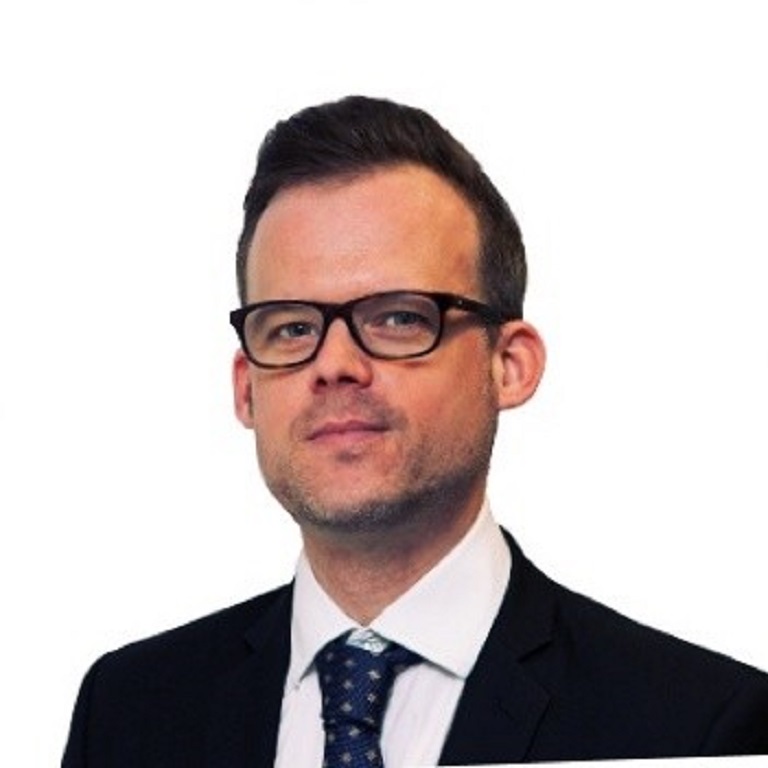
Andrew Broome
Technical Specialist, Marsh Specialty
As we head into the second half of 2025, the UK professional indemnity (PI) market continues its soft market trend seen over the last couple of years, following the end of the hard market.
In the first six months of 2025, we continued to see increasing flexibility on premium, size of limits being offered on a single layer of a PI programme, and the coverage insurers are willing to provide. There is now a wide variety across the market on fire safety coverage, and insurability of traditionally high-risk activity sectors. Importantly, a knowledgeable broker can achieve better coverage than a year ago through negotiations with insurers, including through cover extensions and tweaked write-backs to exclusions. The message we continue to hear from the market, now we are well into 2025, is that insurers have big growth budgets to achieve on their risk books.
As a result of the above, PI brokers, working closely with our clients are confident in securing enhanced renewal terms by way of both cost and coverage.
This remains one of the key cover areas pertinent to all practices in the sector. In July 2024, the Royal Institution of Chartered Surveyors (RICS) amended its minimum terms of coverage. Some coverage is now afforded to members on buildings of all sizes, and some insurers are willing to consider cover above this required minimum. This has recently been further updated to include internal fire safety issues as well as external issues, per PI market norms. It is important to secure advice of a specialist broker to achieve coverage that is (in our view) in line with the RICS requirements. Do not rely on every policy wording and endorsement being up to date.
For other professions, such as architectural and engineering, where there is no agreed required minimum standard, negotiating the best coverage on a case-by-case basis remains key. Although this area of PI coverage is still some way away from what it was before the Grenfell Tower tragedy, most insurers are now amenable to discussions around providing increased levels of protection, especially if approached with a comprehensive proposal around the management of said risks.
Many factors can influence the state of the PI market, including technological, political, social, and legal, as outlined below.
Technological
Insurers are paying closer attention to the technology processes within firms, especially concerning the use of AI and digital tools. This scrutiny includes an interrogation of governance and supervision, which will become part of an underwriting assessment. Also, there are one or two PI insurers starting to apply conditions/exclusions around AI which we are monitoring.
Social
As social inflation continues to rise, we are seeing more civil claims against larger firms for reasons wider than mere compensatory issues and claims that hold corporate behaviour to account. These are not hugely affecting the PI market, but we can see the increasing potential for more claims that have these issues as drivers. There could be more multiplied or punitive damages applied in court judgments, which for one thing are excluded by some PI policy wordings and covered by others. Any increase in types of loss payable on PI claims across the market’s collective risk books could have a long-term effect on premium rate.
Political
The relatively recent change in government, and U-turns on some policy points, has caused a change to the types of construction projects being opened up for tender in the UK, and this can mean projected income loss on projects that are no longer “in the political frame”. This puts pressure on construction firm margins and can lead to fee disputes through the construction chain. Such disputes are common triggers for PI claims.
Legal
The UK Supreme Court recently handed down a landmark ruling in the URS Corporation Ltd v BDW Trading Ltd case [21 May 2025], which backed up much of the original ruling. Among other points, it is now clear that any professional services provided by a consulting architect, engineer, or similar that are now beyond the contractual deed limitation period (normally 12 years after practical completion) are at risk. Such consultants could still be brought into a recovery action if a Defective Premises Act 1972 action is raised against a developer or owner of a building. It remains to be seen how, or if, this will have any effect on the PI market appetite, premium rate, or coverage. For now, we will maintain a watching brief on this situation.
We are starting to see extended limitation language referenced in contracts, and it is important to consider carefully the language applied, and seek advice if needed.
We do not envisage any change to the soft market conditions for the remainder of 2025, which will be welcome news for firms with renewals due in this period. However, looking ahead, it is inevitable, as history dictates, that market conditions will change at some point. Many would argue the last soft market lasted for over two decades, so the timing and severity of any future market shift is unknown.
“Hard market” means increasing rates and more restrictive terms being offered by insurance companies and managing general agents (MGAs).
“Soft market” means reduced rates and favourable policy terms offered by many insurance companies and MGAs.

Technical Specialist, Marsh Specialty

Head of FINPRO Commercial
United Kingdom